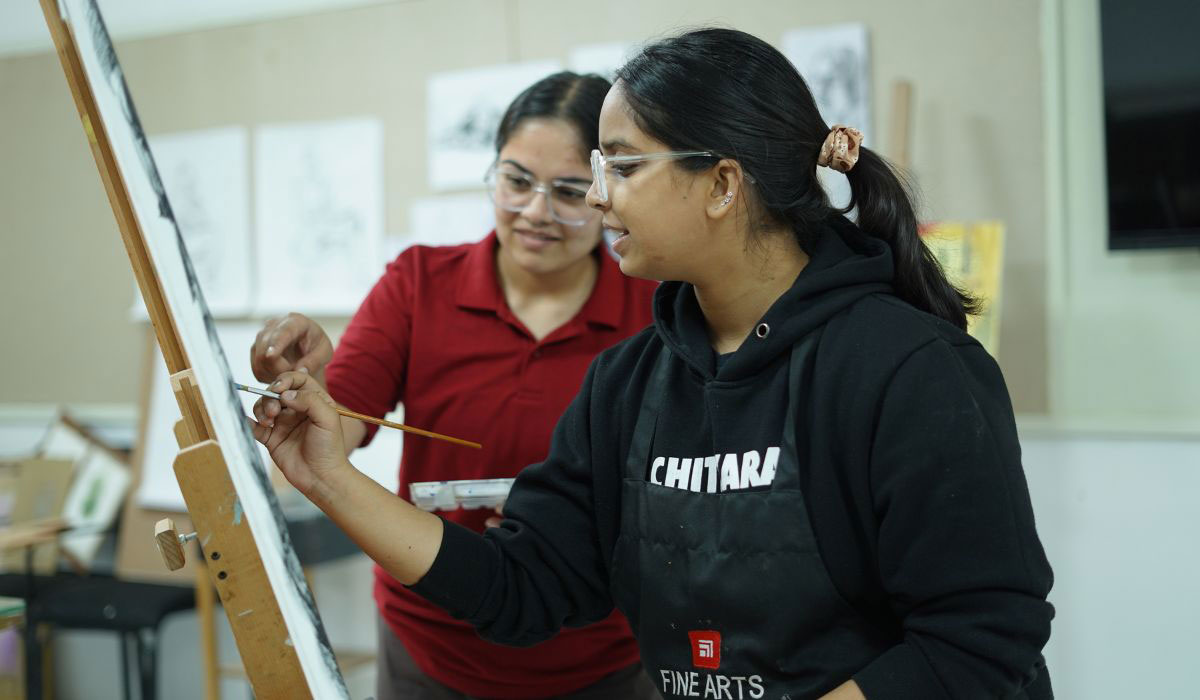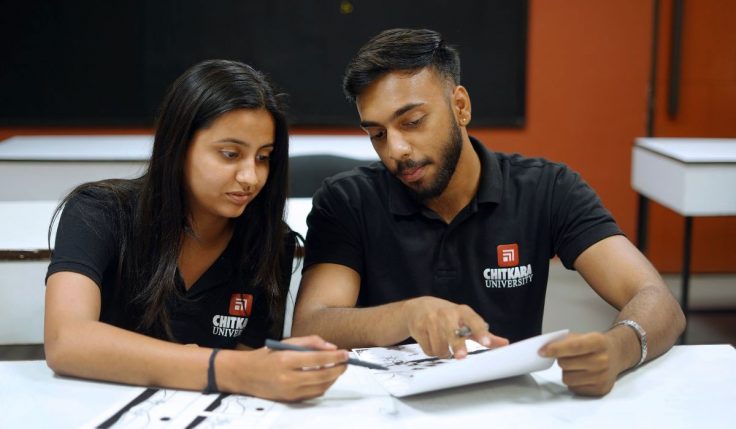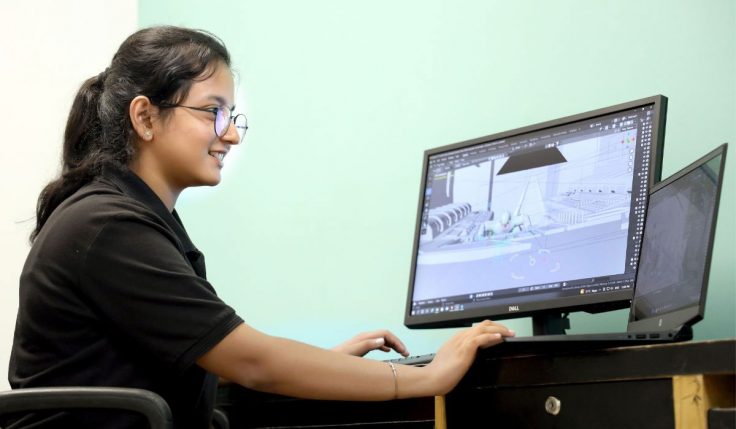The word “fine art” refers to a lot of different types of art, which is interesting. There are various types of fine art, and each person has their own ideas about what it means. People, art, and history all care about these seven types of great art.
Different forms of art forms
- Painting is one of the oldest and most well-known types of fine art. Tools like brushes, knives, and rags are used to put color on a surface like cloth, paper, or wood. Paints like oil, acrylic, watercolor, and pastel can be used to make paintings.
- Sculpture is the art of cutting, drawing, or making clay, stone, metal, or wood into three-dimensional shapes. People can see sculptures in parks, museums, art galleries, and other public places. They can be interesting or true to life.
- Drawing: Artists use different drawing tools to make pictures on paper or other flat surfaces. Drawing is art that you can see. To draw, you can use pencils, brushes, chalk, or paint. It can be a simple picture or a full-on work of art.
- Making prints: This is when you make many copies of something, usually on paper. Linocut, screen printing, etching, and pressing are just a few of the methods that are used. Printmaking lets artists make pictures that can be copied and shared by many people.
- Use a camera to take pictures and back them up. This is called taking a picture. Photography is an art form that can show a lot of different feelings and thoughts. More and more people are seeing photography as a fine art these days. Photographers use computers to take fresh and beautiful pictures.
- Architecture: The science and art of architecture is planning and making homes and other buildings. Builders who are artistic, skilled, and have worked in the real world make buildings that are useful and nice to look at. An important part of how we feel about a place is how it looks and feels.
- Mixed Media: “Mixed media” art uses a lot of different pieces and tools. Painters, sculptors, and computer technology are just a few of the things that artists often mix with traditional fine art forms to make new and interesting works of art.
Why fine art is important
Fine art is very important to society because it shows and changes traditional views, values, and ideas. The arts give artists a way to share their feelings, thoughts, and experiences, and they give people a way to connect with art on a personal and intellectual level. Fine art can also move people, make them think, and make them feel challenged, which makes them think more deeply about the world around them.
Also, read this blog post: Why a Fine Arts Education is More Valuable Than You Think
Programs for fine art
People who want to make a job as an artist can take a lot of fine art classes at art schools and colleges around the world. This is where students can get better at art, try out different tools and materials, and learn about the history and theory of art. People who graduate from fine art schools can work as skilled artists, teachers, fans, art therapists, and in a lot of other jobs.
Furthermore, the seven types of fine art show a wide range of artistic works that have had a big impact on shaping human culture and society. Fine art continues to move and inspire people all over the world, from the classic beauty of a picture to the cutting edge designs of modern building.
Students at Chitkara University are pushed to be creative and find new ways to do things in their Fine Arts classes. They get a Bachelor of Fine Arts (BFA) after four years. Some of the standard art forms they learn are film, installation, performance, photography, and digital art. They are also urged to try new ones. The Master of Fine Arts (MFA) school, on the other hand, helps people get better at what they do until they are a master. Both schools are run by well-known artists and teachers, so people who want to become artists can be sure they will find work.
Chitkara University has a Doctoral Program in Art & Design for people who want to learn more. This program is designed for researchers who want to push their work forward and find new ideas in their fields. Participants get help from teachers with a lot of knowledge and can connect with a network of experts who can help them. By looking at and comparing problems in different fields, students learn how to deal with the problems artists face today. When they finish, graduates have the skills to create new information and deal with problems linked to modern art.
Not only does Chitkara University stress academic learning, but it also stresses actual experience and how it applies to the real world. Students learn about current trends and needs as well as the business side of the art world through hands-on practice. Students learn about real-life situations in the classroom, at symposiums, and through work placements. This prepares them for a wide range of job routes.
Chitkara University also has a large network of partners around the world that allow students to work together on study, training, and practical projects. This helps them learn more and gets them ready for the art world around the world. The Fine Arts classes at Chitkara University prepare their graduates to make important additions to the field. Their education has given them the skills to work as solo artists or in businesses, museums, and culture groups. This shows how versatile and broad their education is.






